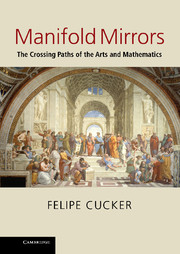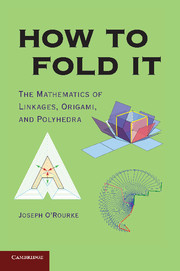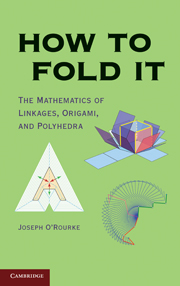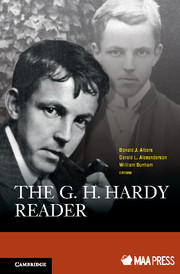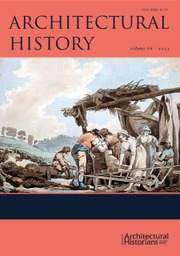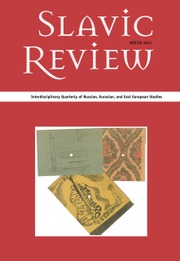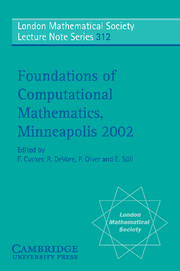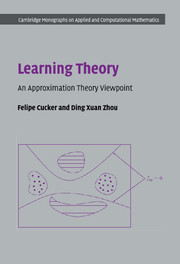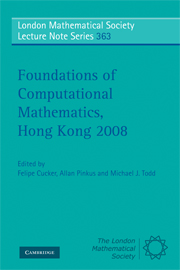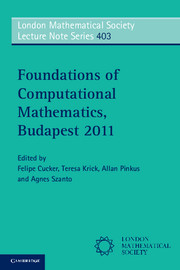Manifold Mirrors
Most works of art, whether illustrative, musical or literary, are created subject to a set of constraints. In many (but not all) cases, these constraints have a mathematical nature, for example, the geometric transformations governing the canons of J. S. Bach, the various projection systems used in classical painting, the catalog of symmetries found in Islamic art, or the rules concerning poetic structure. This fascinating book describes geometric frameworks underlying this constraint-based creation. The author provides both a development in geometry and a description of how these frameworks fit the creative process within several art practices. He furthermore discusses the perceptual effects derived from the presence of particular geometric characteristics. The book began life as a liberal arts course and it is certainly suitable as a textbook. However, anyone interested in the power and ubiquity of mathematics will enjoy this revealing insight into the relationship between mathematics and the arts.
- Uses geometry as a unifying theme to explore many different arts rather than focusing on just one
- Assumes only a basic high-school grasp of mathematics
- Mathematical proofs are self-contained so individual readers can pay them as much or as little attention as they wish
Reviews & endorsements
'Cucker [has] produced a pot au feu, an eclectic catch-all. There is much that can be learned from [his] presentation of the marriage of mathematics and art. I consider Manifold Mirrors Arcimboldesque in that it is an assemblage of many basic mathematical ideas and constructs, [adding] up to … well, to a unique work.' Philip J. Davis, SIAM News
'… there is certainly something new to be discovered for every reader. The book grew out of a course, and so it is obviously possible to extract some interesting lectures from the material that is presented.' The European Mathematical Society (euro-math-soc.eu)
'The merits of this big, ambitious book greatly exceed its deficiencies. Felipe Cucker's immense learning, and his often densely technical presentation of mathematical complexities, are balanced by a pervasive lightness of tone and by a flair for offbeat allusions that range from Euripides to Busby Berkeley. His book is a joy for the eye and a feast for the mind.' Hardy Grant, MAA Reviews
'Mathematical material is complete and rigorous, at an upper-division undergraduate level, with statements of relevant theorems and their proofs … Highly recommended. Upper-division undergraduates and faculty.' C. A. Gorini, Choice
'This is an impressive and ambitious book and is one well-worth taking time to work through.' Richard Talbot, Nexus Network Journal
Product details
April 2013Hardback
9780521429634
426 pages
244 × 170 × 24 mm
0.88kg
55 b/w illus. 100 colour illus. 30 music examples
Available
Table of Contents
- Mathematics: user's manual
- Appetizers
- 1. Space and geometry
- 2. Motions on the plane
- 3. The many symmetries of planar objects
- 4. The many objects with planar symmetries
- 5. Reflections on the mirror
- 6. A raw material
- 7. Stretching the plane
- 8. Aural wallpaper
- 9. The dawn of perspective
- 10. A repertoire of drawing systems
- 11. The vicissitudes of perspective
- 12. The vicissitudes of geometry
- 13. Symmetries in non-Euclidean geometries
- 14. The shape of the universe
- Appendix: rule-driven creation
- References
- Acknowledgements
- Index of symbols
- Index of names
- Index of concepts.

